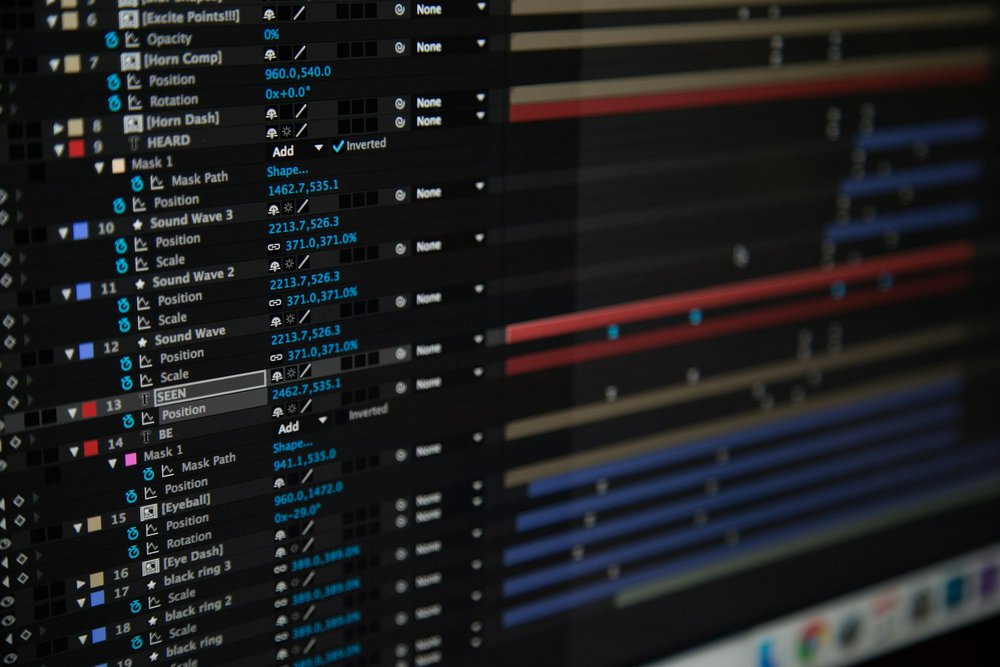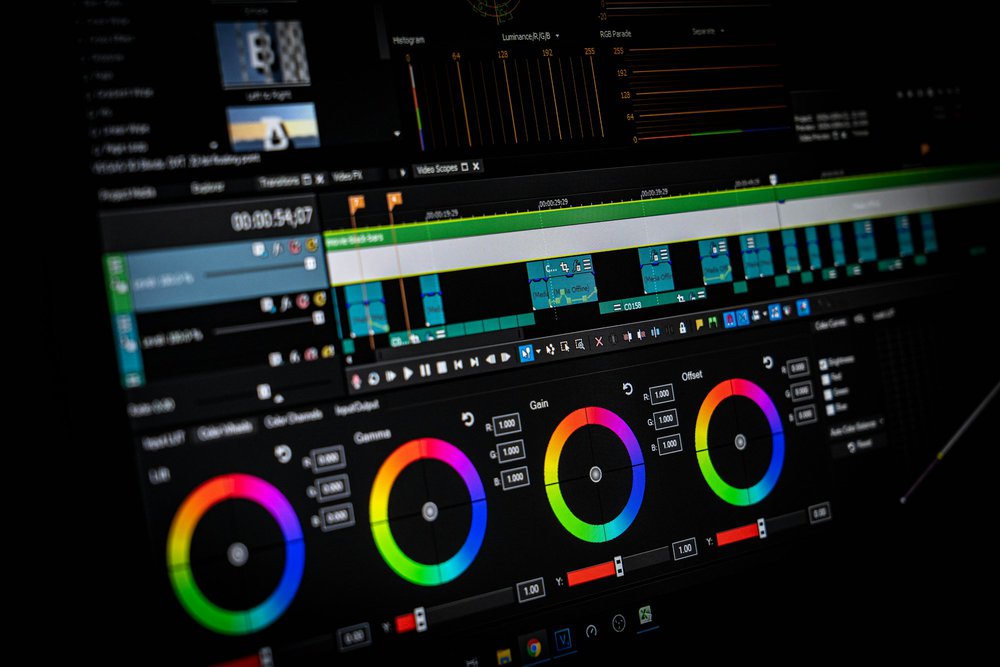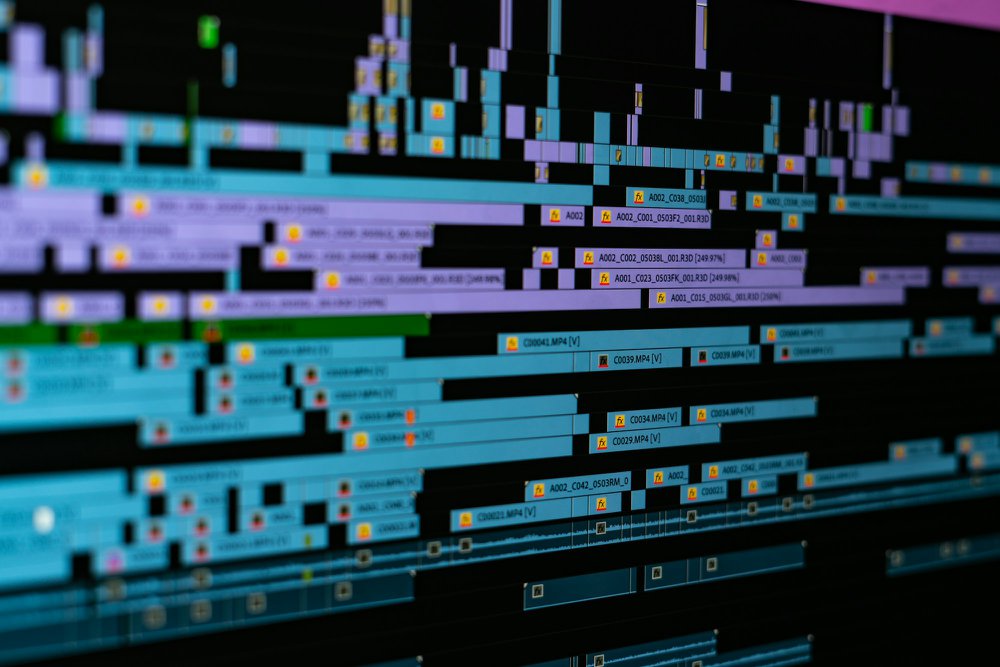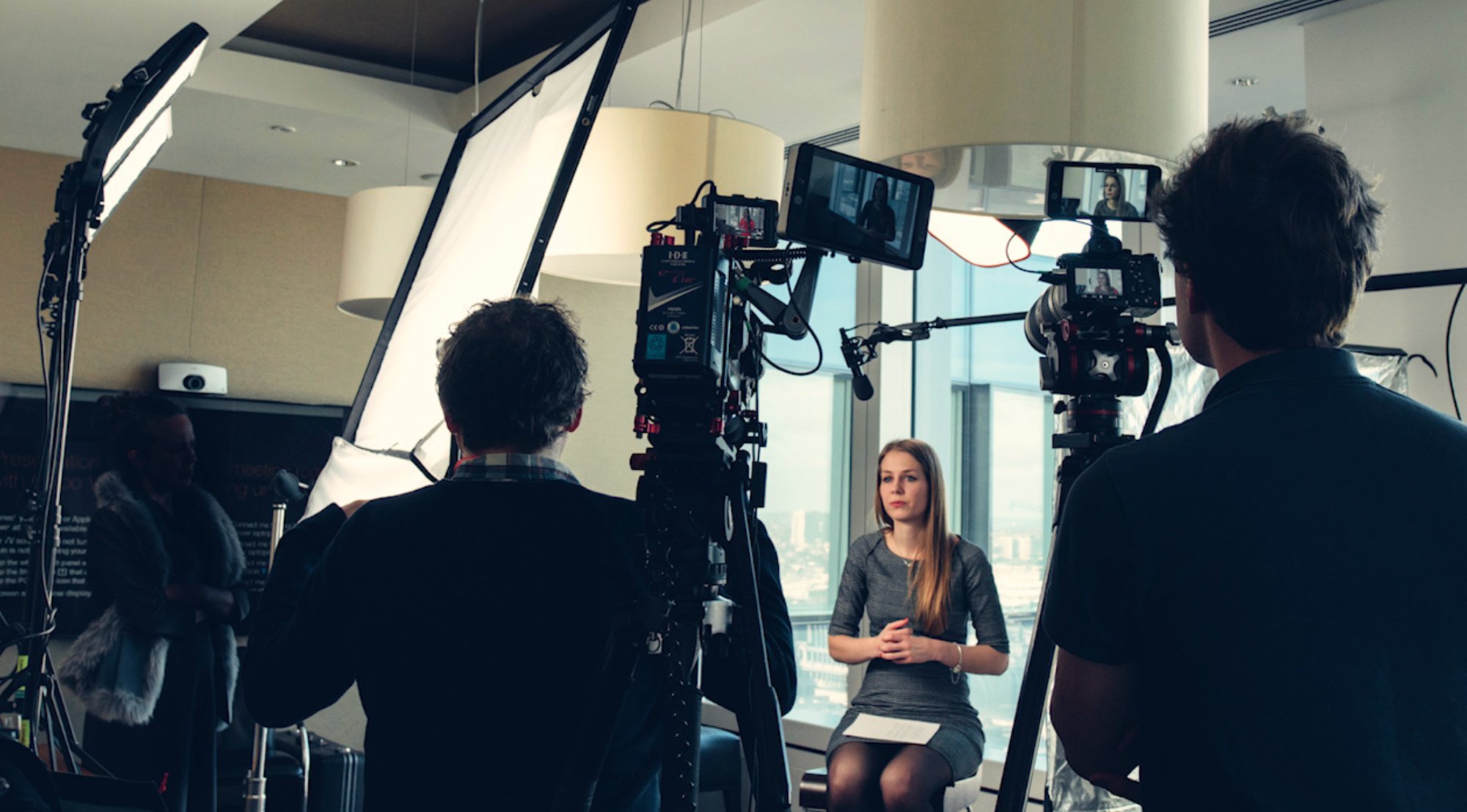In today’s fast-paced digital world, grabbing and keeping attention is more challenging than ever. Motion graphics are a powerful tool to elevate your video marketing strategy. These dynamic animations combine graphic design with movement to create visually compelling content that quickly engages audiences across platforms.
Motion graphics help brands communicate complex ideas clearly and memorably, and can also help a company tell its story or promote its values without the heavy costs or time commitments of live-action video production. Whether you want to showcase products, visually explain an idea, or boost social media engagement, motion graphics offer versatility and impact.
This article explores the essentials of motion graphics, their benefits, how they’re made, and tips to use them effectively for your 2025 marketing campaigns—including how motion graphics videos can be tailored to fit a company's unique story or branding needs.
Why Choose Motion Graphics for Marketing?

Video content dominates online engagement, with over 85% of marketers confirming its effectiveness for brand awareness and conversions. However, consumers scroll rapidly through content, so your videos must stand out instantly. Motion graphics achieve this by combining bold visuals and smooth animation to capture attention within seconds.
Key advantages include:
- Speed: Motion graphics can be produced faster than live-action videos since they don’t require filming or physical sets. This makes them ideal for projects with tight deadlines.
- Cost-effectiveness: Utilizing pre-made assets like icons and templates reduces creative expenses. Plus, no on-location shoots or actors mean lower production costs.
- Shareability: Animated videos simplify complex information into digestible visuals, increasing the likelihood of shares and engagement on social media.
- Clarity: Motion graphics are the perfect solution for visualizing abstract or technical ideas that are difficult to capture with live footage.
- Versatility: From explainer videos to social posts and presentations, motion graphics adapt seamlessly across formats and industries.
- Engagement: Moving elements naturally draw the eye, helping marketing teams and creative professionals improve their campaigns by boosting retention rates and encouraging viewers to watch the entire video, which increases your return on investment.
For more insights on video marketing trends, check out Wyzowl’s 2024 Video Marketing Statistics.
What Are Motion Graphics?

Motion graphics, or motion design, blend graphic design with animation and visual effects to create moving visual content. Unlike traditional animations that focus on storytelling or characters, motion graphics primarily serve as visual aids to communicate ideas efficiently.
They often include:
- Animated text and typography
- Shapes, lines, and icons
- Infographics and data visualization
- Logo animations
- User interface animations
- Visualizations of a wide range of things, from abstract concepts to concrete products
Motion graphics are prevalent in digital ads, explainer videos, social media content, websites, and broadcast media.
How Are Motion Graphics Created?
Designers use software like Adobe After Effects, Cinema 4D, or Blender to animate graphic elements. Techniques such as keyframing, masking, and transitions allow precise control over movement, timing, and effects.
Elements like position, scale, rotation, and opacity are manipulated to create fluid animations that enhance storytelling or clarify information. Feedback and data can also be used to develop new animation techniques or improve the quality of motion graphics. The creative possibilities are vast, limited only by imagination and technical skills.
Popular Types of Motion Graphics Video Animation

Motion graphic videos come in various styles, often combined for unique effects:
- 2D Animation: Flat, two-dimensional movement using drawings or vector graphics. Common for explainer videos and infographics. Motion graphics can establish a place or setting, providing a visual backdrop that grounds the story or message.
- 3D Animation: Adds depth and realism with three-dimensional models and environments.
- Kinetic Typography: Dynamic animation of text to emphasize meaning and emotion.
- Motion Capture: Captures real human or object movements for realistic animation.
- Stock Motion Graphics: Animated overlays combined with existing video footage to enhance storytelling.
Explore more on animation styles in Levitate’s 2D vs 3D Animation Guide.
Benefits of Using Motion Graphics in 2025
Motion graphics continue to grow in popularity due to their efficiency and effectiveness. Each year brings new advancements in motion graphics technology and trends, making them an increasingly valuable tool for marketers. Here are six compelling reasons to use them:
1. Faster Production: Digital creation eliminates the need for filming, making it easier to produce content quickly and revise as needed.
2. Budget-Friendly: Reusable assets and templates lower costs while maintaining high-quality visuals.
3. Increased Social Shares: Videos with motion graphics are more likely to be shared, expanding your reach organically.
4. Simplifies Complex Ideas: Visual storytelling makes technical or abstract concepts easier to understand.
5. Multi-Platform Flexibility: Adapt motion graphics for websites, social media, presentations, and ads without losing impact.
6. Higher Viewer Engagement: Movement captures attention better than static images, improving message retention.
Based on recent data and projections, the effectiveness of motion graphics in marketing continues to rise each year, with more brands leveraging these visuals to achieve better engagement and conversion rates.
According to Brightcove, video content generates 1200% more shares than text and images combined, highlighting the power of motion graphics to boost engagement.
Best Practices for Creating Motion Graphics Content

Before publishing, conduct a thorough review of your motion graphics video to verify quality, message clarity, and compliance with all necessary rights. It is also important to perform security checks to protect your content and data. Make sure you are completing all required verification steps, and only consider proceeding with publishing once these security measures are in place.
Motion Graphics Trends for 2025
As technology evolves, motion graphics continue to innovate:
- AI-assisted animation: Tools that speed up production and generate creative ideas.
- Interactive graphics: Videos that allow viewer interaction for personalized experiences.
- Data-driven visuals: Real-time data integration for dynamic, up-to-date content.
- Mixed media: Combining live-action with motion graphics for hybrid storytelling.
Staying current with these trends can help your brand maintain a competitive edge.
Conclusion
Motion graphics are an essential component of modern video marketing. They offer a fast, affordable, and visually engaging way to communicate ideas, enhance brand identity, and connect with audiences across platforms. Whether you’re explaining a product, sharing data, or creating social content, motion graphics provide clarity and impact that resonate in 2025’s digital landscape.
Ready to elevate your video marketing? The experts at Levitate Media specialize in crafting compelling motion graphic videos tailored to your brand’s needs. Contact us today to get started!
Frequently Asked Questions
How long should a motion graphics video be?
Most effective motion graphic videos are between 60 to 120 seconds. Shorter videos cater to fast consumption habits and keep viewers engaged. For detailed projects, breaking content into multiple short videos is recommended. Learn more about video length optimization at Levitate’s Explainer Video Guide.
Can motion graphics improve SEO?
Yes, videos with motion graphics increase user engagement and time on page, which positively impact SEO rankings. Adding transcripts and optimizing metadata further enhances search visibility. See our blog on Video SEO Best Practices for detailed strategies.
What industries benefit most from motion graphics?
Industries with complex or abstract concepts, such as healthcare, fintech, SaaS, and education, gain the most from motion graphics. They simplify communication and increase understanding. Explore case studies on our Portfolio Page to see examples.
How do I choose between motion graphics and live-action video?
Motion graphics are ideal for explaining abstract ideas, data visualization, and quick content production. Live-action suits storytelling with human elements and emotional connection. Many brands combine both for maximum impact. Compare options in our 2D vs 3D Animation Guide.









